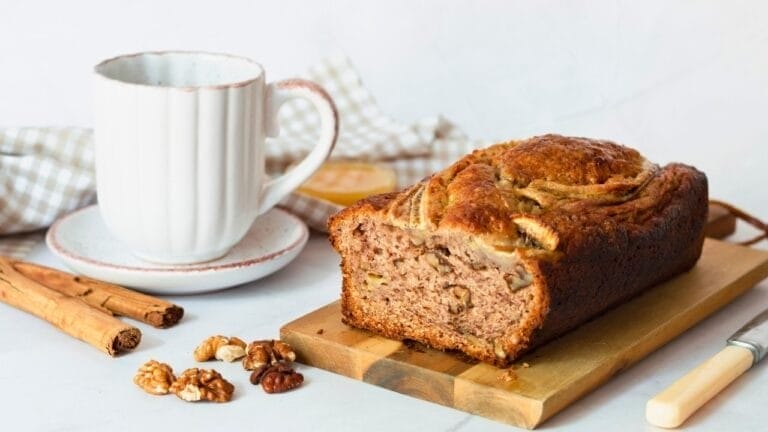ever pulled a loaf of banana bread that’s bronzed on top, soup in the center, and somehow dry at the edges? it’s not your recipe. it’s your signals.
this 60-second guide teaches the three checks that take you from “please be done” to “nailed it,” plus one sensory cue bakers trust. there’s also a quick time chart, a toolkit, and fast fixes.
why the “clean toothpick” lies
a squeaky clean pick can trick you into overbaking. the edges dry out while the center barely sets. instead of trusting a single stick, use a trio of signals that agree with each other.
it’s how bakeries get consistent results, and it works at home with any batter.
the signals you can trust
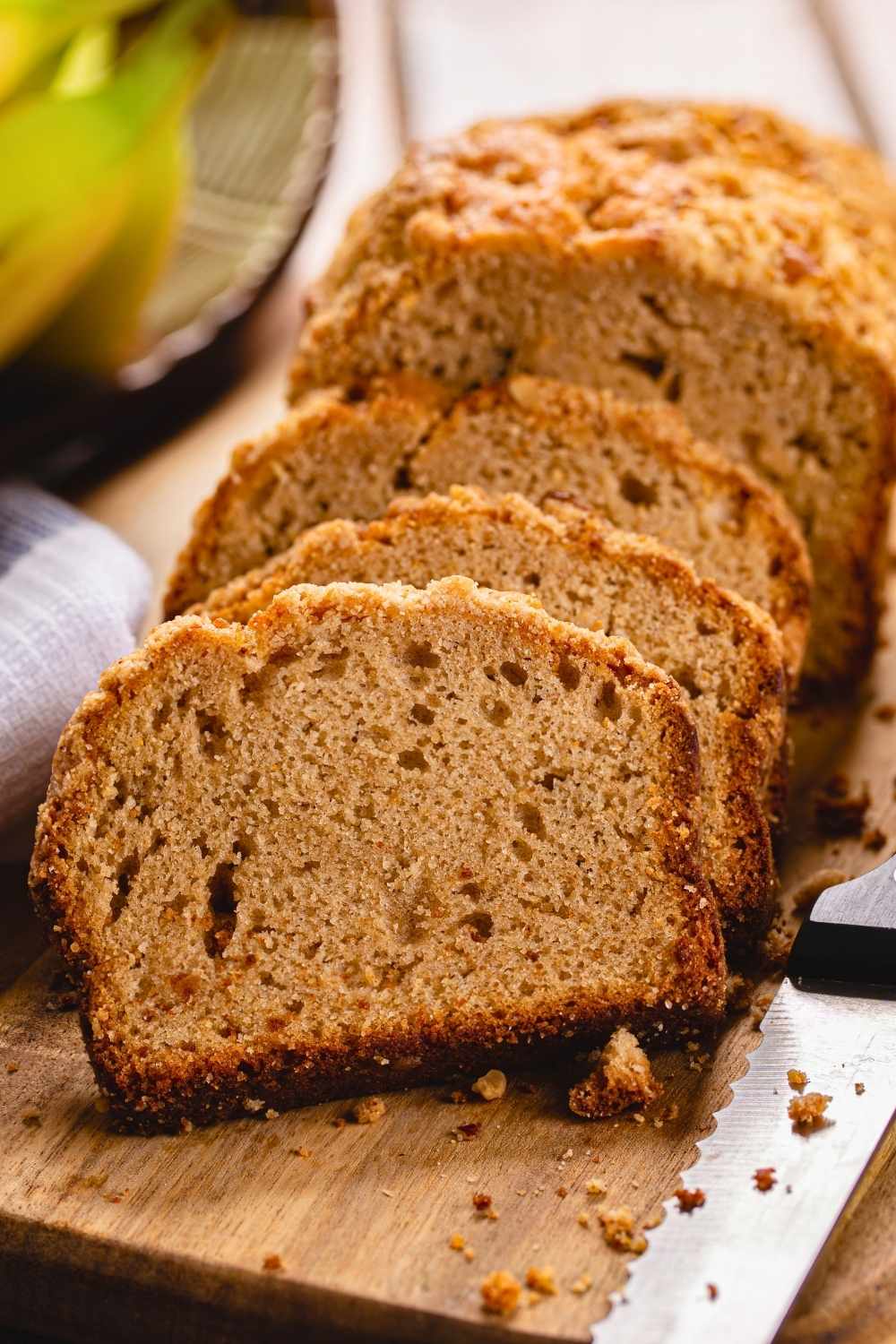
internal temp for perfect banana bread (200–205°f)
pull the loaf when the center hits 200–205°f (93–96°c).
why this range: in this window, starches gelatinize and eggs set, so the crumb stays moist but stable and won’t collapse.
place the probe in the deepest center, avoiding the pan and any big pockets of chocolate or fruit.
the crack + spring-back tests (no toothpick needed)
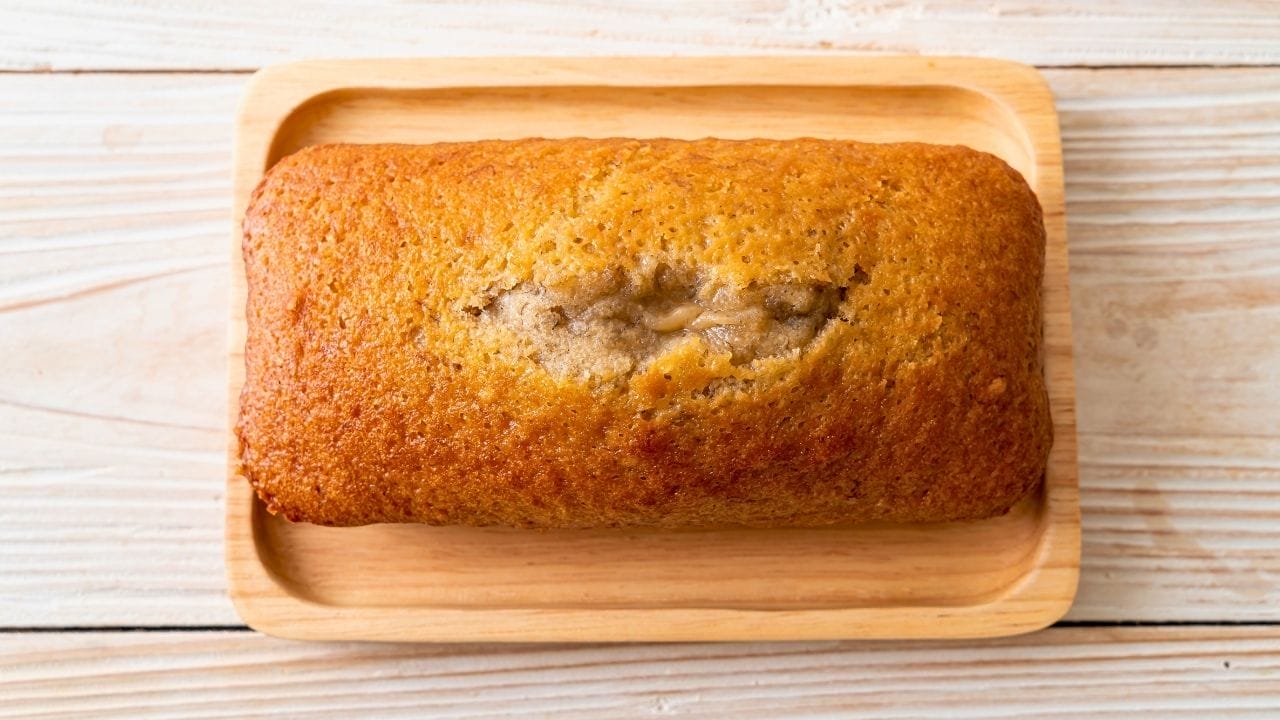
look for a matte, set crack on top. it should no longer look glossy or wet, and it won’t jiggle when you nudge the pan. then tap the crown. a done loaf springs back lightly instead of feeling sticky.
bonus cue: the aroma test
your kitchen should smell deep, nutty, and caramelized, not just like raw banana or flour. if it still smells a bit floury, give it a little more time.
the two-stage bake for better lift
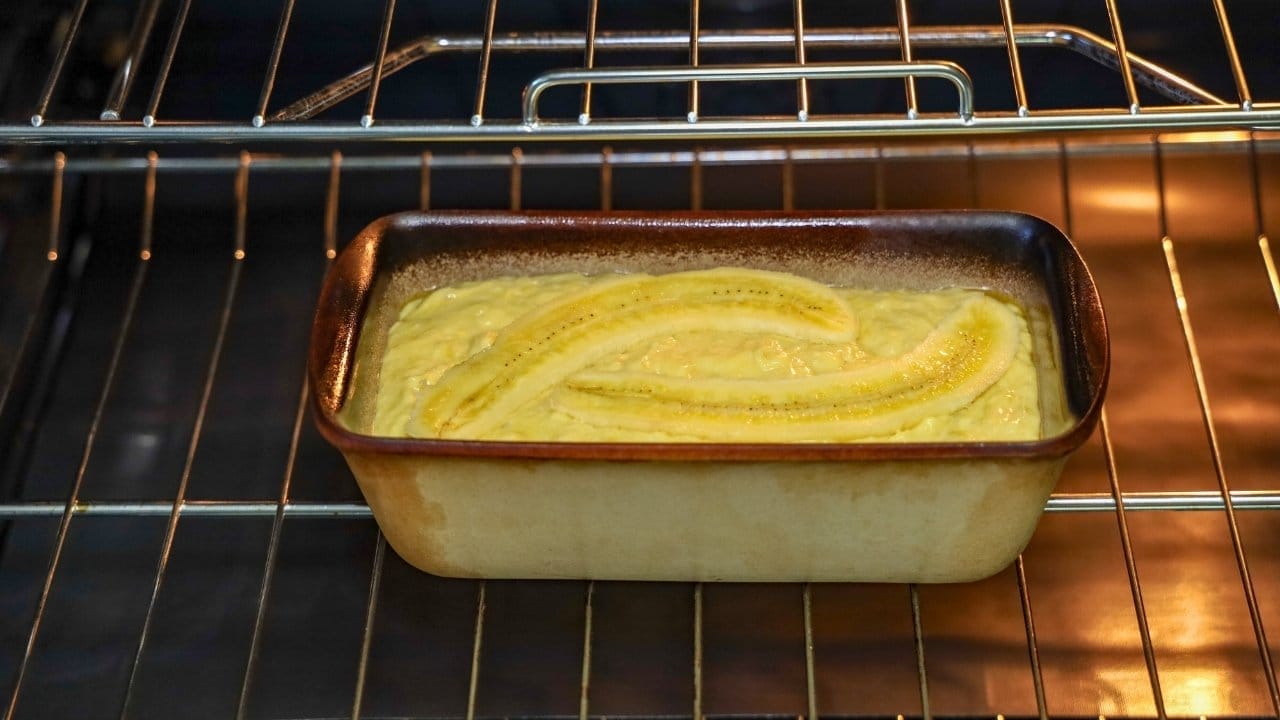
start hot to boost oven spring, then finish gently so the middle sets without drying out.
- bake 8–10 minutes at 400°f (204°c)
- reduce to 350°f (177°c) and finish until the signals agree
skip the hot start if you use very dark pans or aggressive convection that browns too fast. otherwise, this simple move helps you get a higher dome and a tender crumb.
exact bake times for common pans
start checking at the first time listed. times assume 350°f and a conventional oven.
- 8.5×4.5 in loaf: start at 50 minutes → typical 50–65 minutes
- two-stage: 8–10 at 400°f + 30–45 at 350°f
- 9×5 in loaf: start at 55 minutes → typical 55–70 minutes
- two-stage: 8–10 at 400°f + 35–50 at 350°f
- muffins (standard): start at 18 minutes → typical 18–24 minutes
- mini loaves: start at 22 minutes → typical 22–28 minutes
- sheet-pan bars (9×13 in): start at 20 minutes → typical 20–25 minutes
variables that shift time: dark pans brown faster, heavy add-ins slow the center, more banana puree needs longer, and many home ovens run hot or cool. an oven thermometer pays for itself.
your doneness toolkit
- instant-read thermometer: most reliable pull signal
- oven thermometer: many home ovens drift by 15–25°f
- cake tester or skewer: classic backup check when you want one more data point
how to check without wrecking the rise
probe the deep center without touching the pan. if you use a pick, test near the main crack, not the edges. close the door quickly after checks to keep heat in. near the end of the bake, recheck every 3–5 minutes.
quick fixes when things go sideways
- top too pale, edges right: keep baking. tent only if the top is truly darkening too fast.
- edges done, center soft: move the pan to a lower rack and finish at 325–340°f. slower, gentler heat sets the middle.
- gummy center after cooling: slice and toast to salvage. next time reduce banana by 25–50 g, avoid over-mixing(too much gluten tightens the crumb), or bake a little longer.
cool, slice, and store for best texture
rest 10–15 minutes in the pan, then lift to a rack for at least 60 minutes before slicing. this pause lets steam redistribute so the crumb sets and stays moist. to store, wrap tightly and keep at room temp for 2–3 days.
for week-long, slice, wrap, and freeze. rewarm to revive moisture.
steal this checklist
- probe center: 200–205°f
- crack matte, not glossy
- tap crown: light spring-back
- start checking 5–10 minutes early
download the 1-page printable checklist
faq
what internal temp should banana bread be?
aim for 200–205°f in the loaf center. in this range, starches gelatinize and eggs set, so the crumb is moist but stable.
how long to bake banana bread in a 9×5 pan?
start checking at 55 minutes. most loaves finish between 55–70 minutes at 350°f, but confirm with temp, crack, and spring-back.
why is my banana bread gummy in the middle?
too much banana puree, underbaking, or over-mixing can do it. pull at 200–205°f, reduce banana by 25–50 g next time, and mix only until the flour disappears.
can you underbake banana bread?
yes. underbaked loaves sink, slice sticky, and may taste starchy. use the three signals so you don’t guess.
do you need a toothpick test for banana bread?
not really. a few moist crumbs on a pick are fine, but lean on temp, crack, and spring-back for accuracy.
banana bread recipes you’ll love
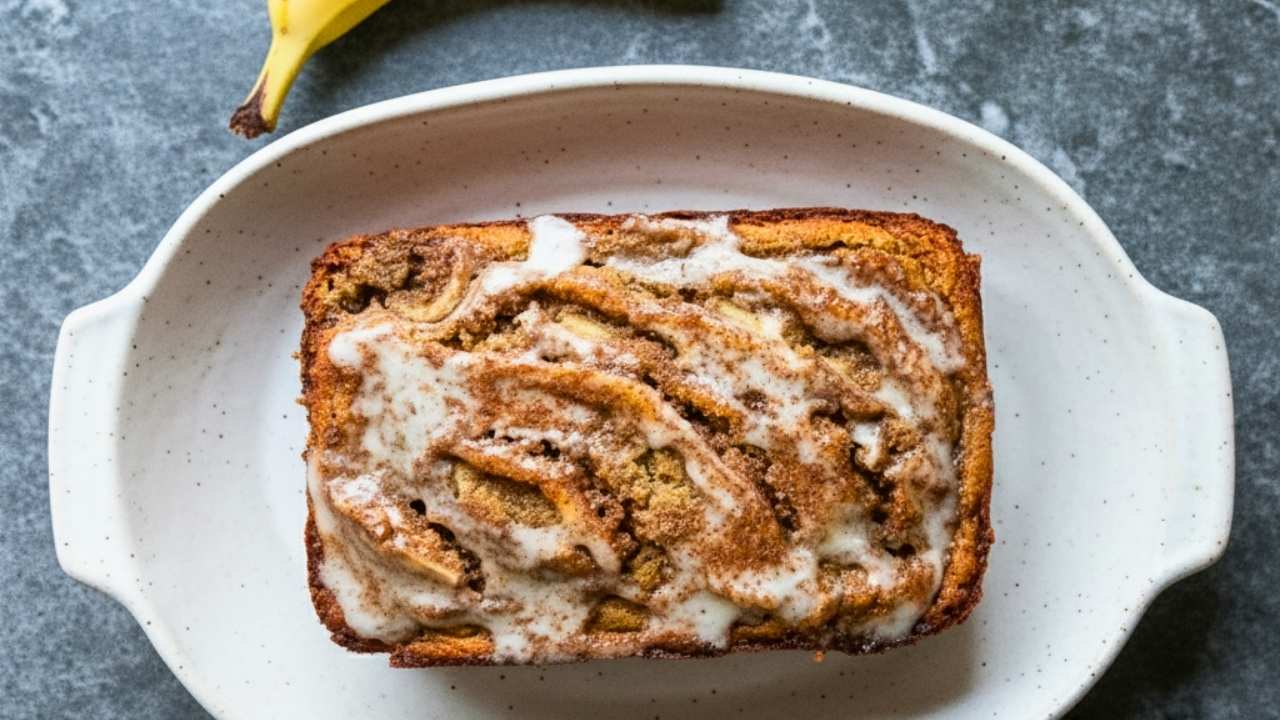
this one lands plush and tender with big banana flavor and a buttery cinnamon sugar ribbon that actually stays where you swirl it.
cinnamon swirl banana bread with a bakery secret
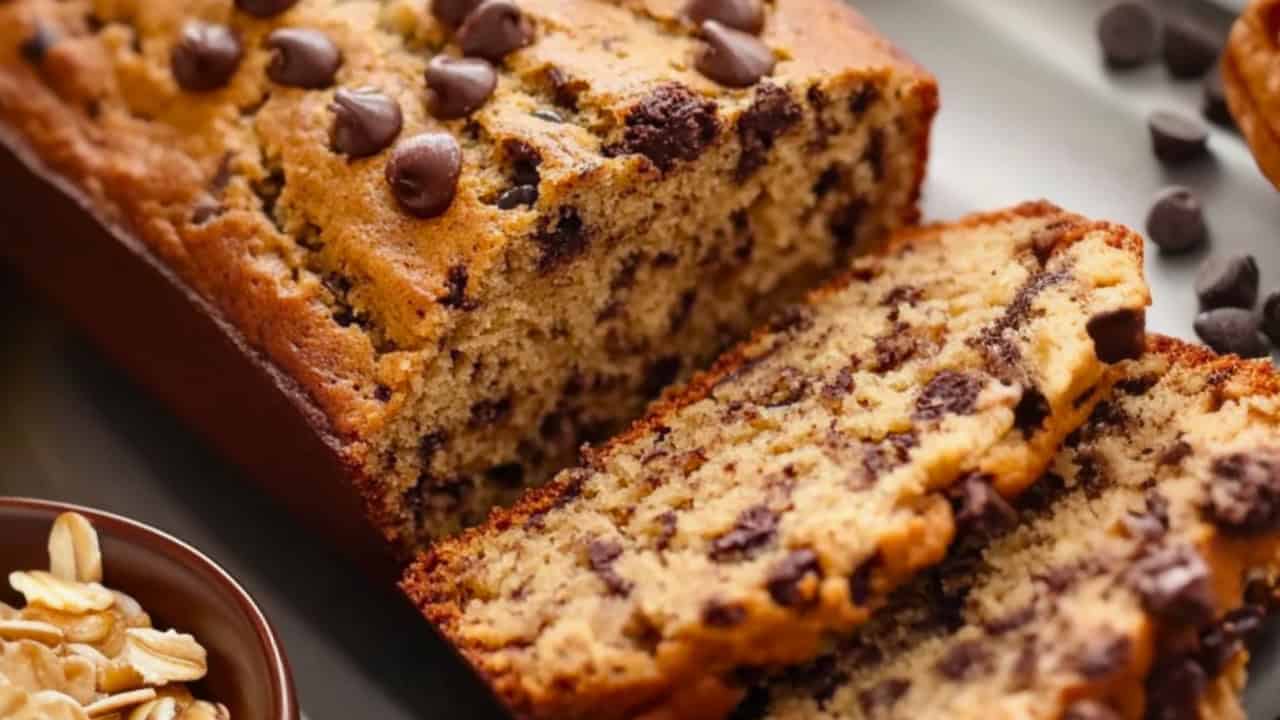
You want something sweet, but not something that wrecks your macros or leaves you crashing 20 minutes later.
Protein Banana Bread That’s Sweet, Filling & Doesn’t Feel Like Diet Food
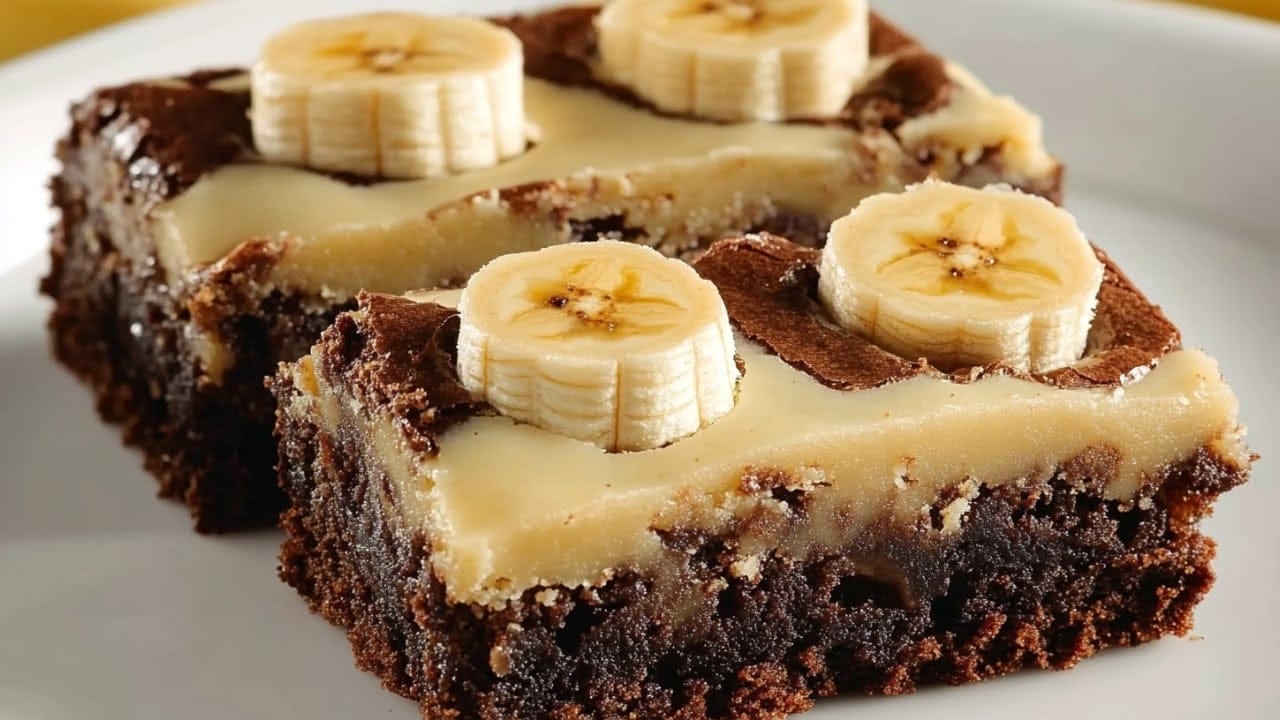
Sometimes, the best desserts come from blending the familiar into something unforgettable. Banana Bread Brownies are that perfect fusion, transforming overripe bananas into a rich, decadent treat that’s lighting up social media.
Banana Bread Brownies Recipe—The Perfect Dessert Mashup
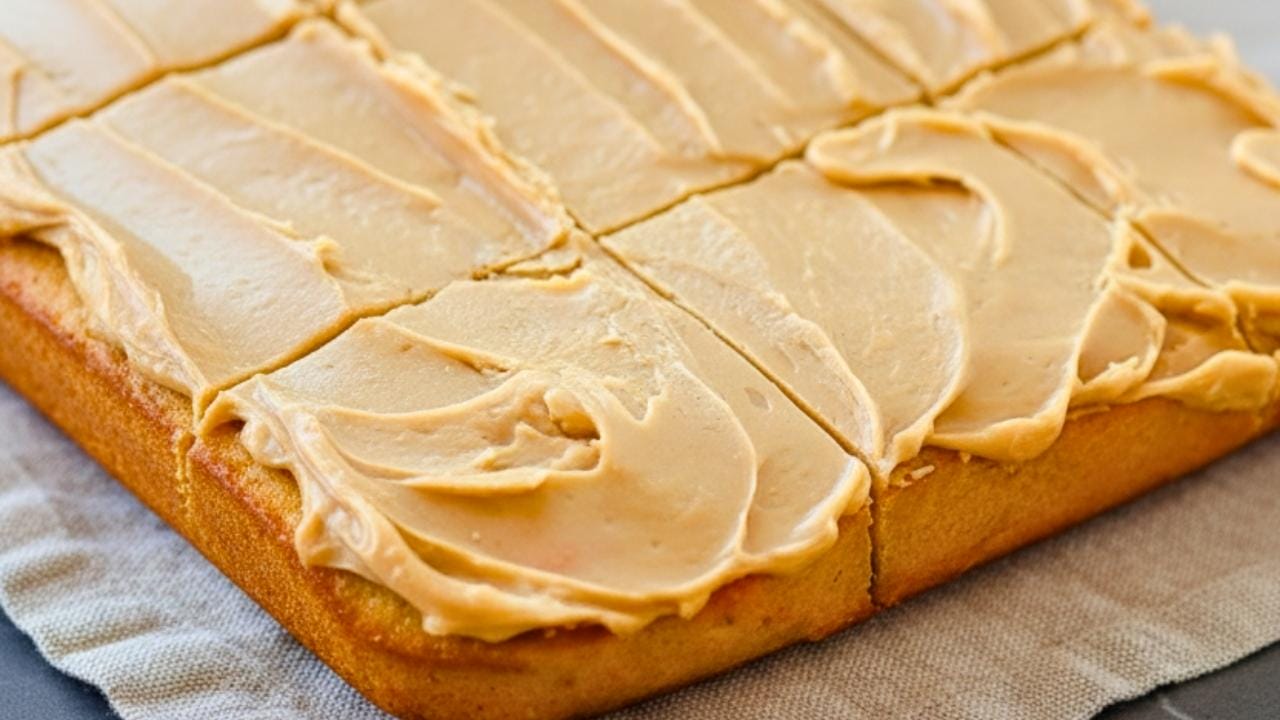
those freckled bananas aren’t a guilt trip, they’re an invitation. skip another loaf and bake banana blondies with real chew, big banana flavor, and a brown butter frosting that tastes like toffee met caramel and decided to stay.
banana blondies: the best thing to happen to brown bananas
Davin is a jack-of-all-trades but has professional training and experience in various home and garden subjects. He leans on other experts when needed and edits and fact-checks all articles.
